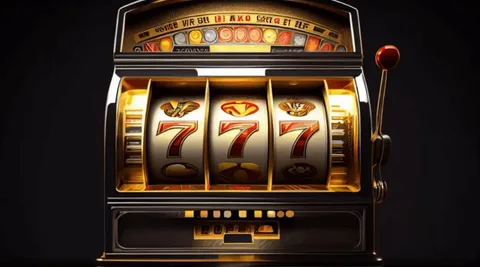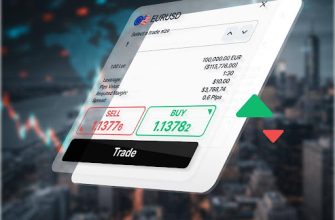Slot machines have long been a mainstay of casinos, both online and in physical locations. The frequency with which a winning combination appears while playing a slot machine is known as its hit rate. It indicates how frequently rewards occur rather than the quantity of the prize. For instance, on average, a game with a 30% hit rate will result in a win once every three spins. Conversely, volatility characterizes the degree of risk involved in the slot gacor game. Although they are usually smaller, wins on high volatility slots can be significant when they do occur. Although they pay out more, low volatility slots have smaller payouts.
The Significance of Hit Rate and Volatility to Players
In the short term, a slot machine with a high hit rate feels more rewarding since it produces results frequently. However, those who play for large payouts or jackpots tend to favor high-volatility slots. By comprehending volatility, players can improve their bankroll management. To extend their playtime, a player with a limited budget could favor low-volatility slots. Meanwhile, a player with more patience and a higher bankroll might relish the excitement of high-volatility slots, where extended losing streaks could eventually give way to significant wins.
The Difficulty in Locating Hit Rate Data
The infrequent release of comprehensive hit rate percentages by casinos and game developers presents a challenge for players. Many gamers are left in suspense by this lack of clarity. Although Return to Player (RTP) percentages are frequently shown, hit rate and RTP are not the same thing. The long-term proportion of all money wagered that a slot machine is designed to return to players is known as the RTP. Although this percentage is rarely promoted, a slot machine with a 96% RTP may nonetheless have a 20% or 40% hit rate.
How to Use Observation to Estimate Hit Rates
Observation is a useful method of determining a slot machine’s hit rate. Players can test out games in demo or free-play mode at online casinos. Players can track the frequency of winning combinations by watching the reels spin hundreds of times. Although it is not totally accurate, this method provides a general sense of how frequently incentives occur. The hit rate may be between 25% and 30% if the slot gacor yields a win approximately every three to four spins. On the other hand, the success rate is probably less than 15% if payouts only happen every eight to ten spins.
Recognizing Gameplay Patterns to Determine Volatility
Another way to measure volatility is by the frequency and amount of wins. If a slot machine regularly yields little winnings in demo play that hardly surpass or equal the stake size, it is probably a low-volatility game. Games with a moderate win frequency and the potential for a greater payoff are balanced in medium-volatility games. On the other hand, high-volatility slots might result in extended periods of losing money before a big payout. Slot machines are frequently categorized as low, medium, or high volatility by certain developers, who do include a general volatility label in their game descriptions. When these indicators are accessible, players should use them.
Using Casino Guides and Reviews to Gain Understanding
Players frequently rely on internet tutorials, slot forums, and third-party reviews because official hit rate data is rarely released. Reputable review sites usually test hundreds of spins in the demo mode of a slot machine and report their results, including projected volatility and hit rates. These materials provide gamers with more confidence when selecting a game and save them time. Players may also post their personal experiences on forums, which can reveal whether a slot machine feels rewarding or especially risky. Even if these reports are anecdotal, they can provide a more comprehensive understanding of a slot machine’s performance when paired with reviews.
Keeping Expectations and Reality in Check
Keep in mind that volatility and hit rate are both statistical averages. While a high-volatility game may surprise players with early big wins, even a slot machine with a high hit rate can produce lengthy streaks of losing spins. Random number generators (RNGs) are the foundation of slot machine design, guaranteeing that each spin is distinct from the previous one. Because of this randomness, no amount of data or observation can confirm immediate outcomes. In reality, hit rate and volatility provide a foundation for controlling one’s play style and establishing expectations.









